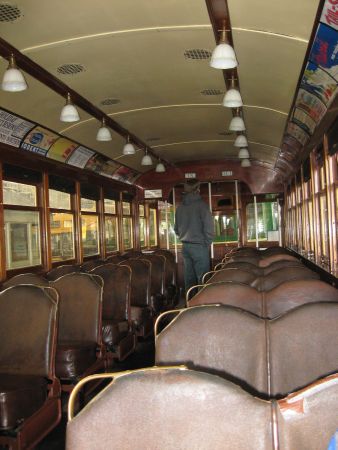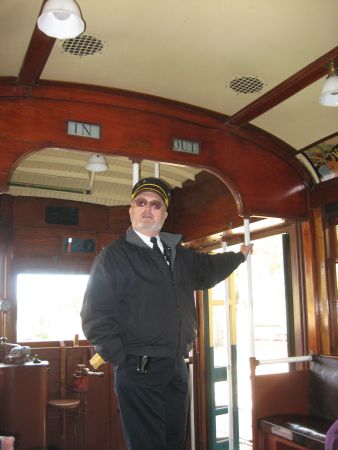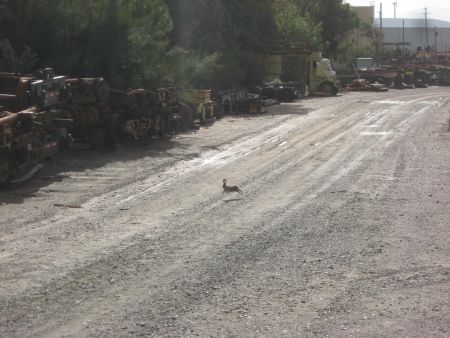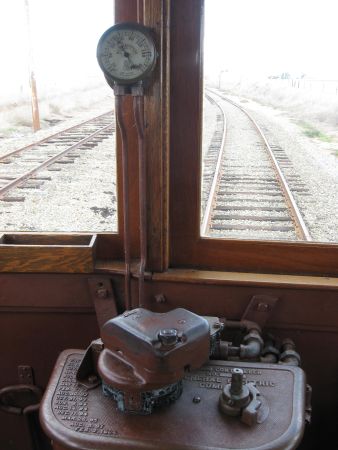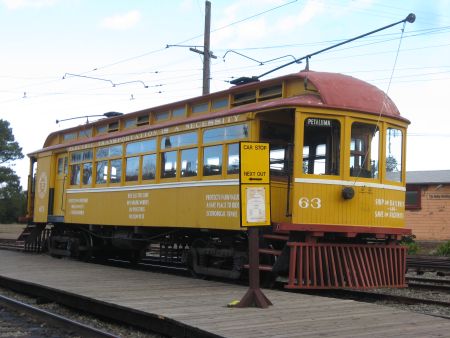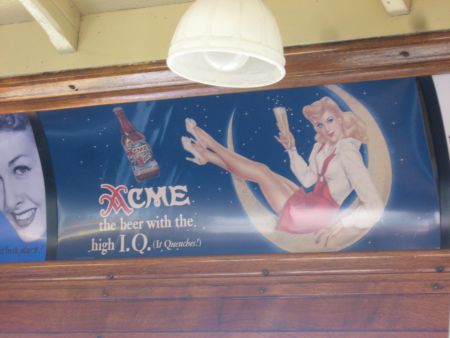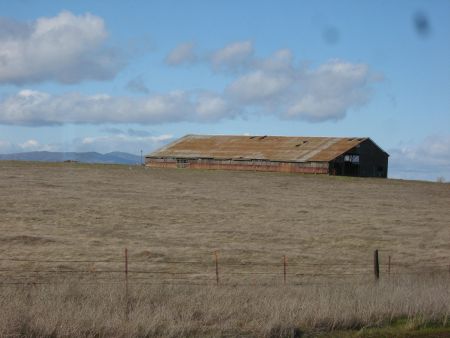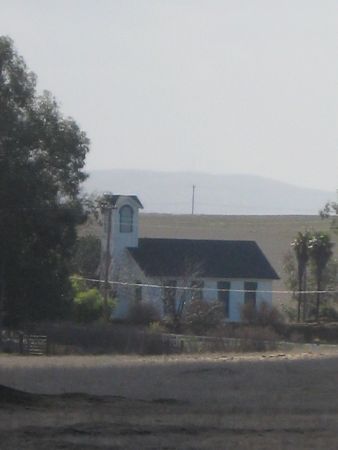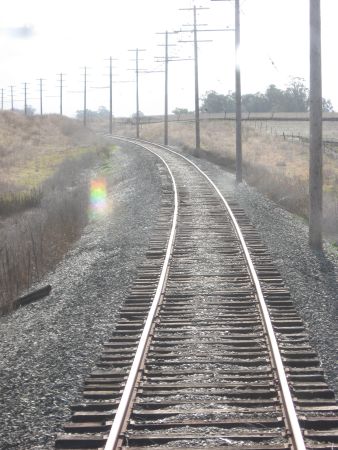Check out the Western Railway Museum’s excellent website for some specifics about the project and their collection. My experience with the museum was as a spectator. Spouse and I used to drive past the place that is now the site of the museum at least twice a year, maybe more. For years, we saw the Rio Vista Junction building, a couple of big barn-like structures and piles of train cars and pieces of cars spread out over the fields beyond. It didn’t look like a museum; more like some eccentric hobbyist’s big back yard. A few years later, a sign went up, leading into a dirt parking lot. I still thought it was a hobbyist.
During the late 1990’s though, construction started, and all of the sudden the place was real. It had always been real before, of course. I just hadn’t known that.
The Sacramento Northern
The Northern ran about ninety miles, from the east Bay Area up to the state capital, Sacramento. Later is was extended to run north from Sacramento clear to Chico. It was an electric train, and it actually ran on the section of track the museum owns. Ferries connected commuters from Antioch to San Francisco. The line opened in 1913.
Trolley Car Ride
After Lillian and I checked out the large and beautiful museum building itself, we took the twenty-minute trolley ride. The museum has many, many trolley cars from a variety of cities, including Melbourne, Australia, but we rode a restored San Francisco trolley car, with the decal “Baseball Today” on its face. Plainly, it took people to the ballgames. The restorers have added a number of the contemporary bus ads, including one that our conductor told us about, that said, “Four out of five doctors recommend Lucky Strike Cigarettes for refreshment.” Uh, yeah. He also politely reminded us that the sign, “Smoking in the back of the car only,” was for historic verisimilitude and was not a fact. There is no smoking, period.
He told us we would probably see lots of jackrabbits. Soon we came up on one of the corp yards. I held up my camera, intending to take a picture of some of the materials piled up there, and got the hare instead. This isn’t even a good picture but I had to include it because, really, what are the odds?
The trolley ride curves away from the car-house and goes out across the prairie about one mile. Then the car stops and reverses (these are two-end cars) and heads back, switching tracks so that we pull up alongside the car-house to disembark.
Our conductor explained the concept of a Dead Man’s Switch. In the late 1910s, the railway companies made cutbacks and they didn’t want to have to staff two-man cars anymore. To reassure the public, who worried about a runaway car and the damage it could do if the conductor fell, passed out, ran away or something, the company introduced something they cleverly named The Safety Car. The Safety Car employed a switch that has to be held down, or in the “On” position, in order for the train to run. If pressure is removed –the conductor falls, passes out, etc – the train stops. What was branded as a safety innovation was really a way for the companies to cut their staffing costs. It seems to work pretty well, though.
The Interurban
The yellow train car had been used on the Petaluma to Santa Rosa run in the 1930s. This was the car we would take for a longer ride, out to the end of the power, and back, about eight miles round trip. The museum owns the track beyond that, in fact, they own all the way down to the wetlands we could see, but they don’t have juice to it yet. That’s an on-going project.
The Petaluma car dated from the 1920s and has been lovingly restored. We went past the Rio Vista Junction building while our conductor explained that people would sometimes stop at the junction, take the bus fifteen miles east into the “big town” of Rio Vista and do shopping or stay overnight, finishing the trip the following day. The commute time from Antioch to Sacramento was about two hours and forty minutes. It’s taken me longer than that on I-80 many times. The train moved at about 60 mph, but made several stops along the way.
Our interurban traincare ride had a conductor and a motorman, a charming silver-haired woman named Enid, who actually stopped the train so that we could take pictures of the old windmill and the new. Looking out at the terrain, it’s easy to see why this is prime wind-farm property. Cattle and sheep can still graze at the bases of the turbines, and there are no windbreaks. Wind is moving across this plain all the time.
The Shiloh Church
“You may wonder,” our conductor said, “why there is a church out here in the middle of nowhere. Well, it’s because it’s the middle of nowhere.”
The farmers who moved here from Pennsylvania and Kentucky in the 1870s were mostly Protestants and didn’t feel like attending the Catholic churches in the nearby towns, so they passed the hat and in 1875, with $2,000, built their own church, which they named the Cumberland Gap Shiloh Baptist Church.
Several years later the church burned down the day after Christmas, when someone overloaded the wood stove. The local settlers were stymied — $2,000 was a lot of money to raise again – but they hit on the idea of selling cemetery plots and were able to rebuild in a couple of years.
Then, of course, transportation improved and the local church was not such a necessity. Now the church is available for tours and events.
If you wonder how Solano, which is so close to the San Francisco Bay Area and the north coast, can be so politically conservative, one clue is in the story of Shiloh Church. It’s important to look at where people come from, and what traditions and beliefs they bring with them.
The Tracks
The Western Railroad gifted the Railway Museum 22 miles of track in 1993, according to the museum’s website. Volunteers labored diligently to repair the tracks, but they are still working on getting power to the line. Here’s where our ride stopped and the train went back.



